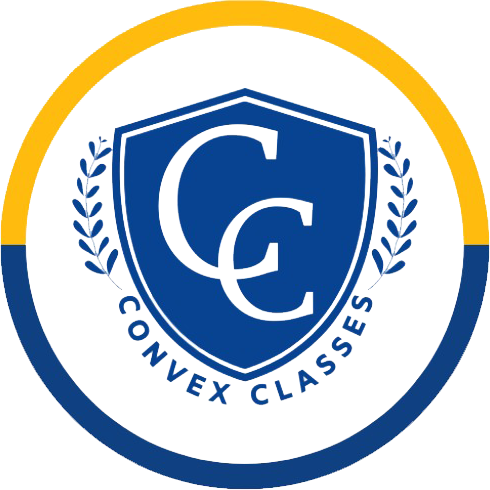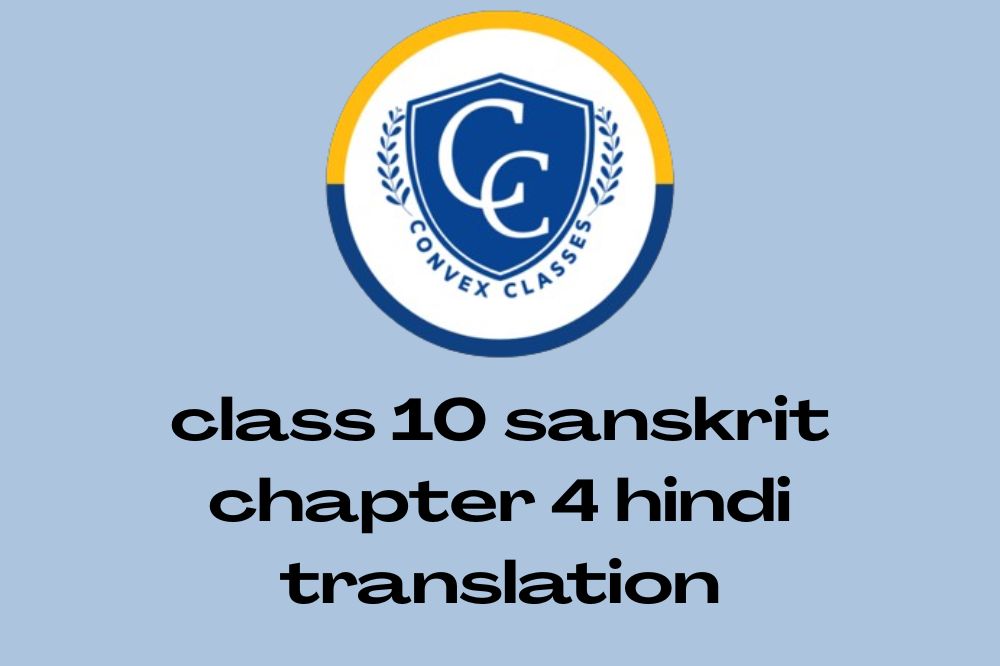Optics forms an important part of Class 10 physics, and understanding the mirror formula is key to solving problems related to image formation in spherical mirrors. Whether you’re dealing with concave or convex mirrors, mastering the mirror formula class 10th will help you analyze how images are formed and understand the relationship between object distance, image distance, and focal length.
In this article, we cover every aspect of the mirror formula so that you won’t need to look elsewhere for additional information.
Understand the Mirror Formula Class 10?
The mirror formula establishes a relationship between the focal length (f), the image distance (v), and the object distance (u) for spherical mirrors. It is given by:

This formula enables you to calculate any one of these three quantities if the other two are known.
Sign Conventions for Mirrors
Understanding the sign conventions is essential when applying the mirror formula. The most commonly used system is the Cartesian sign convention:
- Object Distance (u):
- Always taken as negative because, in most cases, objects are placed in front of the mirror.
- Image Distance (v):
- Negative if the image is formed in front of the mirror (a real image).
- Positive if the image is formed behind the mirror (a virtual image).
- Focal Length (f):
- Negative for concave mirrors (since the focus is in front of the mirror).
- Positive for convex mirrors (since the focus is behind the mirror).
Tip for Students: Always sketch a diagram and note the sign for each quantity before solving any problem.
Derivation of the Mirror Formula (Conceptual Overview)
While the full derivation involves geometric construction and similar triangles, here is a brief overview:
- Construct the Diagram: Draw the mirror with its principal axis. Place an object at a distance u from the pole (P) of the mirror.
- Trace the Rays: Identify the key rays:
- A ray parallel to the principal axis reflects through the focal point.
- A ray passing through the focal point reflects parallel to the principal axis.
- Use Similar Triangles: By comparing the triangles formed by the ray paths, you can establish the relationship between u, v, and f.
- Result: The algebraic manipulation of these similar triangles leads to the mirror formula:

For Class 10, focus on understanding how the diagram relates to the formula rather than the full geometric proof.

Solved Examples
Example 1: Concave Mirror
Problem: An object is placed 30 cm in front of a concave mirror with a focal length of 15 cm. Find the image distance.
Solution:
- Given: For a concave mirror, f=−15 cmf = -15 \, \text{cm} (negative by convention) and u=−30 cmu = -30 \, \text{cm} (object is in front).
- Apply the Mirror Formula:


Interpretation: The negative sign indicates that the image is real and formed on the same side as the object.
Example 2: Convex Mirror
Problem: An object is placed 20 cm from a convex mirror with a focal length of 10 cm. Find the image distance.
Solution:


Interpretation: The positive image distance indicates that the image is virtual, erect, and formed behind the mirror.
Applications of the Mirror Formula
Understanding the mirror formula helps solve a variety of practical problems, such as:
- Designing Reflecting Telescopes: Calculating image distances to set up focus points.
- Medical Equipment: Optimizing instruments that use reflective surfaces.
- Automotive Mirrors: Designing vehicle mirrors to avoid blind spots.
Frequently Asked Questions (FAQ)
Q1. Why is the mirror formula important for Class 10 students?
A: The mirror formula class 10th is crucial because it helps explain how images are formed in spherical mirrors. Mastering it enhances problem-solving skills in physics and is essential for competitive exams.
Q2. What is the significance of the sign conventions in the mirror formula?
A: Sign conventions help determine whether an image is real or virtual, upright or inverted, and on which side of the mirror it is formed. They are essential for applying the formula correctly.
Q3. Can the mirror formula be used for both concave and convex mirrors?
A: Yes, the mirror formula applies to both types. The sign of the focal length distinguishes them: negative for concave mirrors and positive for convex mirrors.
Q4. How do I know if an image is real or virtual using the mirror formula?
- For a concave mirror, if the calculated image distance is negative, the image is real and inverted.
- For a convex mirror, the image distance is always positive, indicating a virtual and erect image.
Q5. Where can I see more examples and practice problems?
A: Many textbooks and online platforms offer additional solved examples and practice sets. Additionally, joining coaching classes like Convex Classes Jaipur can provide further guidance tailored to Class 10 curriculum needs.
Conclusion
The mirror formula class 10th is a foundational concept in optics for Class 10 students. By understanding and applying (1/f=1/v+1/v)
along with the correct sign conventions, you can confidently solve problems related to image formation in spherical mirrors. Use the examples and tips provided here to reinforce your learning, and keep practicing to master this important topic.

For more expert guidance and comprehensive study resources, stay connected with Convex Classes Jaipur—your trusted partner in excelling at physics!




